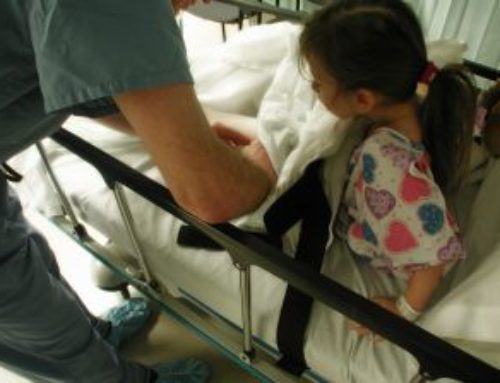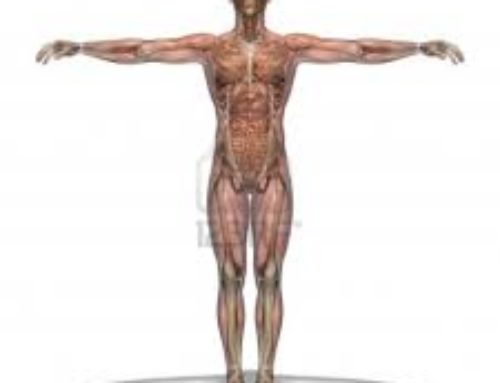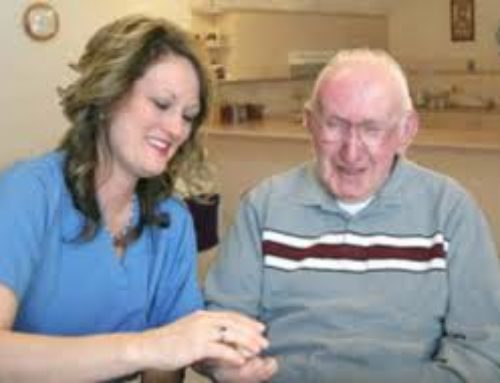
Introduction
Described as a complex developmental disorder, autism is a neurobiological condition that interferes with an individual’s ability to interact and communicate with other people. Most likely a result of abnormal development of the foetus brain, autism is the most common of the group of developmental disorders characterised as autism spectrum disorders (ASD).
Other ASD’s include:
§ Asperger Syndrome
§ Rett Syndrome,
§ PDD NOS (Pervasive Developmental Disorder not otherwise specified),
§ Childhood Disintegrative Disorder.
Autism affects around 0.3 – 0.6% of the population, often diagnosed within the first six months to three years of a child’s life, affecting all racial ethnic and social groups. Four times more likely to occur in males than females, autism characteristically impairs social interaction and is associated with repetitive behaviours, strict routines and limited or unusual activities and interests.
First diagnosed in the early 1940s, autism ranges in its severity and the way in which it affects each patient. The affects of autism can range from individuals with a very limited capacity to communicate and significantly impaired cognitive ability to individuals with high intellectual capacity and obsessive or highly focused interests or abilities. There is no known cause for this particular disorder and no completely effective treatments, however early behavioural treatment can reduce some of the negative impacts of autism, with programs that place much emphasis on children’s social and cognitive development.
Affecting around 1 in every 150 American children and 1 in every 94 American boys, autism costs the USA between $3.5 and $5million for each of the estimated 1.5 million Americans who suffer from ASDs. Much of this money goes into research, medical and education costs and family support as the quest for understanding the disorder and finding effective treatments continues.
Sign and Symptoms
The hallmark characteristics of autism are impaired social interactions with other people, difficulties with verbal and non verbal communication and repetitive behaviours or peculiar and obsessive interests. For each of these characteristics, there are a multitude of specific behaviours displayed by individuals with autism, which vary from person to person.
Such behaviours may include:
§Impaired social interactions with other people and difficulties with verbal and non verbal communication
o limited eye contact with others, difficulty initiating and maintaining conversation and failing to respond to their name
o lack of interest in and difficulty with making friends and forming relationships and engaging socially
o lack of empathy and an impaired ability to understand social cues such as body language, tone of voice and facial expression resulting in difficulties with understanding what others are thinking or feeling
o limited participation in imaginative games and social play during childhood
o aversion to being touched or hugged
o delay in speech development and communication skills
§Repetitive behaviours or peculiar and obsessive interests
o repeating sentences or words or actions such as singing a list of words over and over or flapping hands, twirling objects and rocking
o engaging in self-abusive behaviours such as biting or banging their heads against surfaces or objects
o fixating on a particular subject or object, and remaining intensely focused on it
o strictly adhering to specific routines or rituals and becoming upset at slight disturbances to these routines
Parents will often notice several of these unusual behaviours early on in an autistic child’s life. Such symptoms should be recognised and professional help should be sought to help treat autism early on in the child’s life. Autistic children may seem to be developing normally and then regress, becoming less social and more withdrawn. Often children with autism will have a higher pain tolerance but may be unusually sensitive to sensory stimulation such as sound or touch. Individuals will often have distinctive likes and dislikes and have trouble conceptualising emotion in others. Over time and with treatment, symptomatic behaviour often improves, allowing individuals with autism to lead relatively normal lives.
Causes
Whilst there is no single identified cause of autism, research indicates that both genetic and environmental factors contribute to the prevalence of the disorder. Some research has identified potential environmental risk factors such as exposure to high levels of mercury, children with low birth weight, vaccines and viruses. A number of genes have been identified as being linked with autism and studies have shown irregularities in the brain and abnormal levels of neurotransmitters. Such evidence suggests that genetic defects in several genes responsible for brain growth and normal neuron communication, may disrupt normal brain development in the foetus. Amongst researchers and the scientific community it is widely accepted that a predisposition to autism is inherited and a family with one autistic child has a higher risk of giving birth to second child with autism. Furthermore, emotional disorders and similar behaviours and tendencies to those seen in autism, are often found in other family members who don’t actually have autism.
Complications
Autism can affect children differently ranging dramatically in the severity and the specific behaviours displayed by each child. In mildly affected children and otherwise disabled children autism can go undiagnosed, resulting in a worsening case of autism. Conversely antisocial behaviours, slow development and difficulty communicating can be symptomic for other health complications such as hearing difficulties.
Whilst it’s important to seek early treatment for autistic children, it is vital that a comprehensive evaluation is undertaken to ensure that the nature of the child’s disorder or problems are understood. Some children may display some of the symptoms of autism but are actually suffering from a different condition in the autism spectrum disorders such as: Asperger Syndrome, Rett Syndrome, PDD NOS (Pervasive Developmental Disorder not otherwise specified) and Childhood Disintegrative Disorder. Each of these may require different treatment for effective management of the disorder. Furthermore children with autism may develop other problems later in life which are not directly caused by autism, particularly in autistic adolescents who may suffer from depression and further behavioural problems.
Other complications with autism include a higher risk for co-existing conditions such as;
§ Fragile X syndrome
§ Tuberous sclerosis
§ Epileptic seizures
§ Tourette Syndrome
§ Learning disabilities
§ Attention deficit disorders
These conditions can make life more difficult for individuals living with autism and some are life threatening.
Possible treatment methods
At present there is no cure for autism. As a developmental disorder believed to begin during foetal development no pharmaceutical intervention seems possible. Some research indicates that individuals with autism have different wiring in their brain and as such the only effective treatments are behavioural interventions designed to help autistic people to manage and cope with their disorder in order to lead more fulfilling lives.
Educational and behavioural programs involve intensive training sessions teaching people with autism to develop social skills and communication skills. They also place emphasis on giving parents and family members tools for coping and information on how best to deal with their autistic family member. Such therapies allow autistic people to improve upon social interaction and are most effective if implemented in early childhood.
In some instances autistic people may require medications such as antidepressants and anti-psychotics to assist in controlling depression and hyperactivity. Whilst these may help manage particular behaviours of related problems they don’t treat autism itself.
Alternative therapies
There are no other therapies supported by scientific studies and the use of any alternative therapies, if sought, should be approached with caution.






Leave A Comment